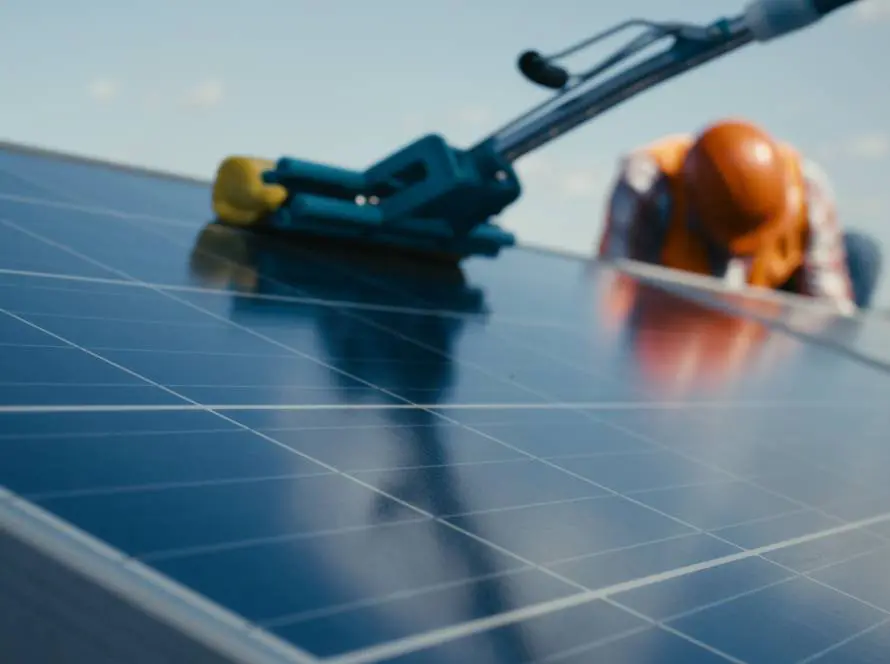Sunlight, a seemingly endless source of energy, has captivated humanity for centuries. Now, with the help of solar panels, we can tap into this clean and abundant resource to power our homes and businesses. But how exactly do these panels transform sunshine into usable electricity? Let’s delve into the fascinating world of solar power and discover the science behind it.
PV Cells: The Heart of Every Solar Panel
At the heart of every solar panel lies the photovoltaic (PV) cell, a marvel of engineering crafted from semiconductor materials like silicon. These cells are essentially tiny power plants, working on the principle of the photovoltaic effect. When sunlight strikes the PV cell, it carries energy in the form of tiny packets called photons. Upon impact, these photons interact with the atoms within the silicon, dislodging electrons from their usual positions.
This dislodging creates an electrical field within the cell, pushing the freed electrons in a specific direction. Imagine a tiny dam holding back water (electrons). Sunlight weakens the dam, allowing some water to flow freely (electrons move). To capture this flow and make it useful, the PV cell is cleverly designed with a positive layer and a negative layer. This creates a voltage difference, similar to the potential difference between the top and bottom of a waterfall.
The freed electrons, naturally attracted to the positive layer, flow through a conducting layer within the cell and eventually reach a metal plate on the back. This movement of electrons constitutes an electric current, the very essence of electricity. Now, we have harnessed the sun’s energy and converted it into a form usable for powering our devices!
However, the story doesn’t end there. The electricity generated by individual PV cells is direct current (DC), which isn’t the type of electricity used in our homes (alternating current, AC). To bridge this gap, solar panels are equipped with inverters. These clever devices convert the DC output from the PV cells into usable AC electricity, allowing us to power our appliances and lights directly from the sun.
Working in Harmony
While the basic principle of capturing sunlight and converting it into electricity is relatively straightforward, solar panels are intricate devices with multiple layers and components working in harmony. These include:
- Anti-reflective coating: This layer minimizes the reflection of sunlight, ensuring maximum light absorption by the PV cells.
- Encapsulant: This protective layer safeguards the inner workings of the cell from environmental hazards like moisture and dust.
- Tempered glass: This durable layer shields the panel from physical impacts like hail or falling objects.
The efficiency of solar panels, measured by the percentage of sunlight converted into electricity, is constantly improving. Modern panels boast efficiencies ranging from 15% to 22%, with ongoing research pushing the boundaries even further.
As we strive towards a more sustainable future, solar panels offer a promising path. By harnessing the power of the sun, we can reduce our dependence on fossil fuels and contribute to a cleaner and healthier planet. So, the next time you see a solar panel basking in the sun, remember the fascinating science and potential it holds for a brighter tomorrow.
Contact Solis Power to start your project
When you’re ready to get your solar panel project started, the team at Solis Energy can help you every step of the way. Contact us and take comfort in Solis Power.



